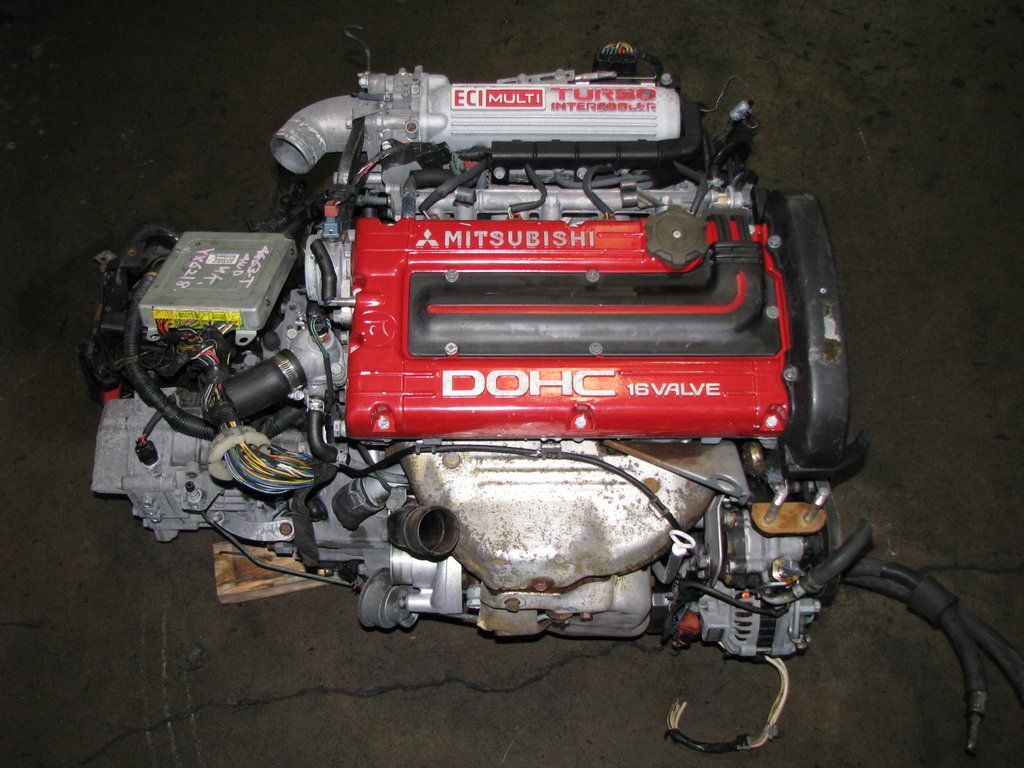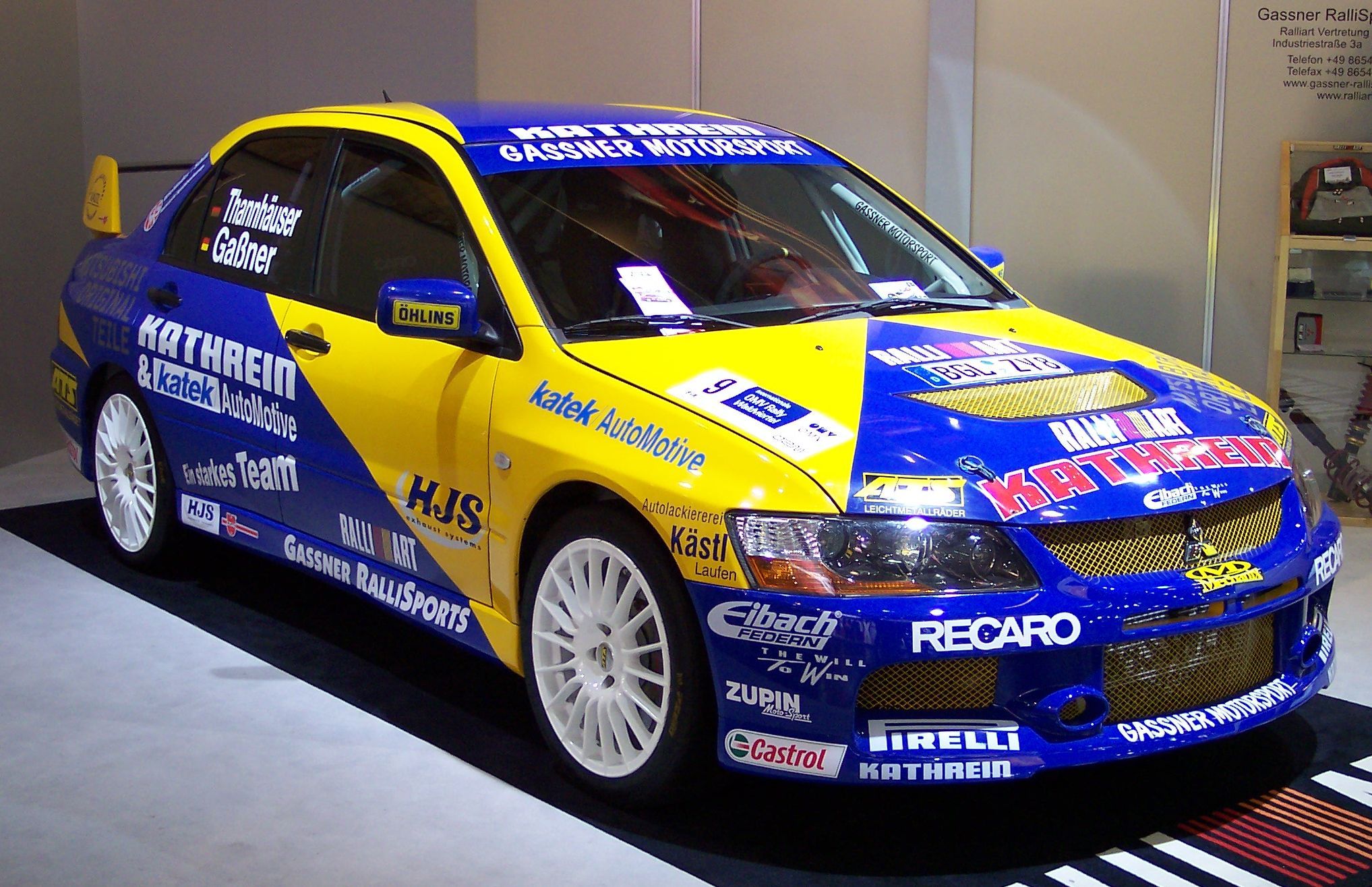The Mitsubishi Lancer Evolution doesn’t have such a name just because it sounds cool. In reality, the name tells the perfect story of how the iconic vehicle came to be. The Lancer Evo emerged after Mitsubishi’s rally team was forced to downsize their competition car thanks to new regulations, and they did it by sticking the components of their class A Galant rally car inside the Lancer’s smaller chassis. This resulted in a literally evolved version of the original Lancer, hence the new Lancer Evolution name.
Class A rules also meant that Mitsubishi had to produce 2,500 road car versions of the Lancer Evo that had to be sold to the public, and that’s how it all began. The Evo would go on to live out a 24-year production run on its way to becoming one of the most iconic JDMs ever.
After 10 generations and iconic appearances in movies like ‘Fast And Furious', the production of the Lancer Evolution was finally halted in 2016, yet the older models are still highly desirable and make for immensely fun and rewarding projects. Here’s why the Evo is the best Mitsubishi sports car ever.
The Lancer Evo Has A Magnificent Engine
From the get-go, the engine Mitsubishi decided to fit to the Evo was a 2.0-liter turbocharged inline-four-cylinder with 244 horsepower known as the 4G63T, and it would continue to live inside all but the last generation of the Lancer Evolution. The legendary engine comes with a dual-overhead-cam setup and produces plenty of boost, but that’s just the tip of the iceberg. The most enticing aspect of the 4G63T engine is how welcoming it is to mods and tuning, which can easily see it make close to 1000 horsepower. The engine would go on to receive several revisions and improvements over the years, but the basics remained the same throughout, and any version is more than worthy.
Mitsubishi Tuned The Evo’s Chassis To Perfection
Aside from a fantastic powertrain, every iteration of the Lancer Evolution also boasted immense chassis capabilities, starting with racing suspension and standard all-wheel-drive on all generations. However, just as the engine received upgrades as the years went by, the Evo’s chassis received the exact same treatment. For the 4th generation or the Lancer Evo IV, Mitsubishi added Active YAW Control (AYC) to the vehicle’s transmission, which allowed the ECU to determine how much power to send to each individual wheel depending on the circumstance. This upgrade didn’t just make the road Evo’s better, it also helped Mitsubishi’s rally team win various titles in a row. Later on, the Lancer Evolution VII received a further enhanced transmission with an active center differential paired to the AYC, meaning it could send power exclusively to the rear wheels on-demand to facilitate drifting.
The Mitsubishi Racing Lancer Evo FQ Variants Are Insane
Alongside the release of the Lancer Evolution VIII, Mitsubishi unveiled several special editions that offered increased capabilities, and the legendary MR FQ variants were chief among them. They had bigger turbos and revised internals in what resulted in a magnificent end-product that could take on some of the toughest supercars at the time, taking the Evo name to a whole other level that nobody thought it was capable of.
The most insane FQ variant came in the form of the Evo X MR FQ-440 which was specially made for the British market, in celebration of Mitsubishi’s 4 decades of operations in the UK. The FQ 440 made 440 horsepower and 412 pound-feet of torque thanks to an ECU remap, upgraded fuel injectors, and improved intercooling. Only 40 FQ-440s were ever made.
To summarize, the Lancer Evolution isn’t just Mitsubishi’s most iconic car ever, it’s also one of the most sought-after JDMs as a whole. It’s the definition of a driver's car, and no matter the model year or generation, or even when you’re reading this, the Evo will undoubtedly continue to provide joy to the lucky few that get the chance to own one.




